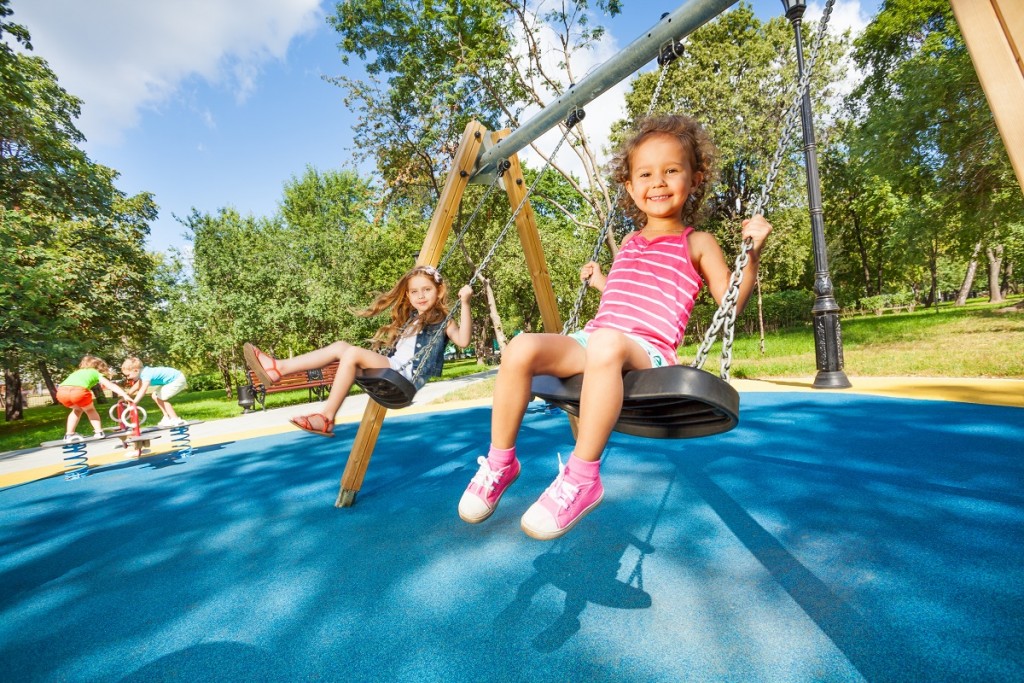As children are outside enjoying the blue skies and sunshine this summer, parents should be aware of a playground injury that’s on the rise.
According to the findings of a new government study, which were published in the journal, Pediatrics, playground concussions have increased in the past decade. These injuries were often a result of playing on swings and monkey bars.
The U.S. Centers for Disease Control and Prevention (CDC) looked at national data involving playground injuries from 2001 to 2013 in kids ages 14 and younger who ended up in the ER. Out of the average of nearly 215,000 children treated yearly, almost 10 percent (21,000) had traumatic brain injuries, including concussions.
Here is a breakdown of some notable stats from the study’s findings:
- Twenty-three out of 100,000 children had traumatic brain injuries in 2005; this increased to 48 out of 100,000 in 2013. Researchers speculated this could mean parents are more aware of the severity of concussions and need for treatment, or could be that more children are using playground equipment.
- Three percent of kids with concussions were hospitalized or transferred elsewhere for additional treatment; 95 percent were sent home after ER treatment.
- Roughly half of the head injuries were in children ages 5 to 9; injuries were more common in boys.
Parents and child caregivers should be aware of the signs of a concussion after a blow to the head, playground or not. These may include: Dizziness, headaches, nausea and vomiting and confusion. Although most children made a full recovery, symptoms can linger for days and even weeks after the injury.
Researchers offered the following tips for parents to help children avoid concussions at the playground this summer:
- Make sure ground surfaces near monkey bars and swings include wood chips or sand, instead of concrete.
- Supervision by an adult is crucial in helping prevent these injuries.
- Check to make sure playground equipment is in good condition.
- Read playground signs “and us(e) playground equipment that is right for your child’s age.”
